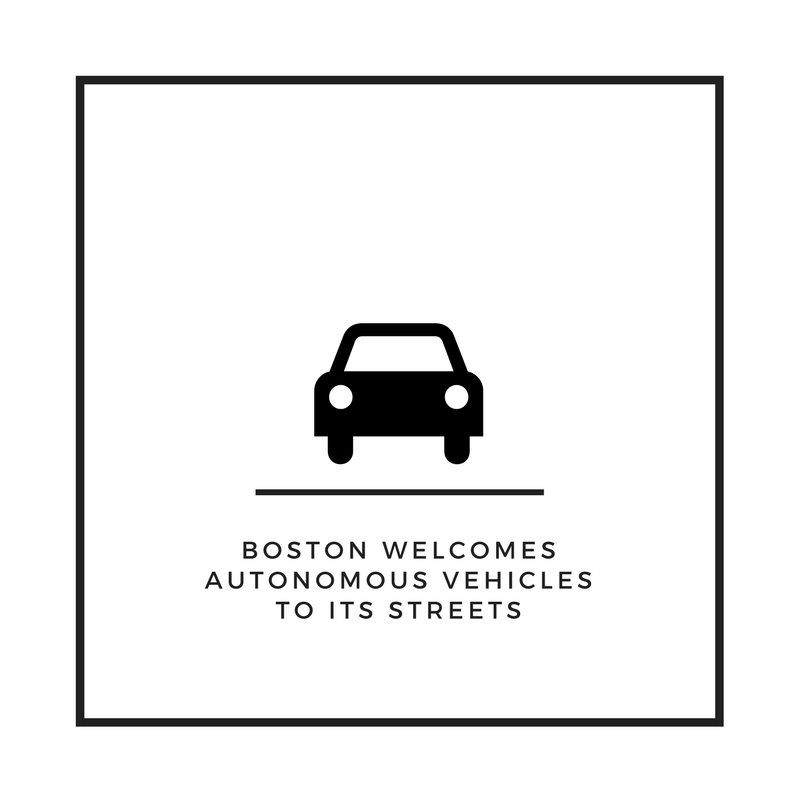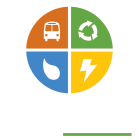
Autonomous vehicles have arrived to (a few of) Boston’s streets. What does the future of transportation in Boston look like?
With the release of Go Boston 2030’s Vision and Action Plan this week, many Bostonians have transportation on their minds, and are asking what the future of Boston’s transportation will be. One key piece of the transportation puzzle is self-driving cars, also known as autonomous vehicles. Autonomous vehicle technology provides a new approach to transportation, and has the opportunity to help cities transport people and goods more efficiently — which would mean fewer pollution and emissions. With the right testing and policy development, autonomous vehicles could help those without access to rapid transit, such as the aging population, and those looking to reduce the burden of owning their own vehicle get around the city.
Why are autonomous vehicles being tested in Boston?
Boston is an ideal city for testing autonomous vehicles given its unpredictable weather and lack of a road grid system (have you ever gotten lost while driving in Boston?). In January of this year, the first self-driving car hit Boston’s streets, and we could be seeing the first fleet of autonomous vehicles as early as 2020.
What could change when autonomous vehicles come to Boston?
- Most importantly, autonomous vehicles could eliminate up to 90% of car crashes, making Boston a safer city for drivers, walkers, and bicyclists. Having autonomous vehicles can help the city reach its Vision Zero goal of eliminating fatal and serious traffic crashes in the city by 2030.
- Autonomous vehicles will also reduce congestion on our streets. A single autonomous car can serve multiple people in a single day, which would not only reduce congestion but also reduce carbon emissions, making the air we breathe cleaner. With less congestion, the City can reimagine how it utilizes street space to create more open green spaces, bike lanes, and wider sidewalks, getting closer to a carbon-free Boston by 2050.


Recent Comments